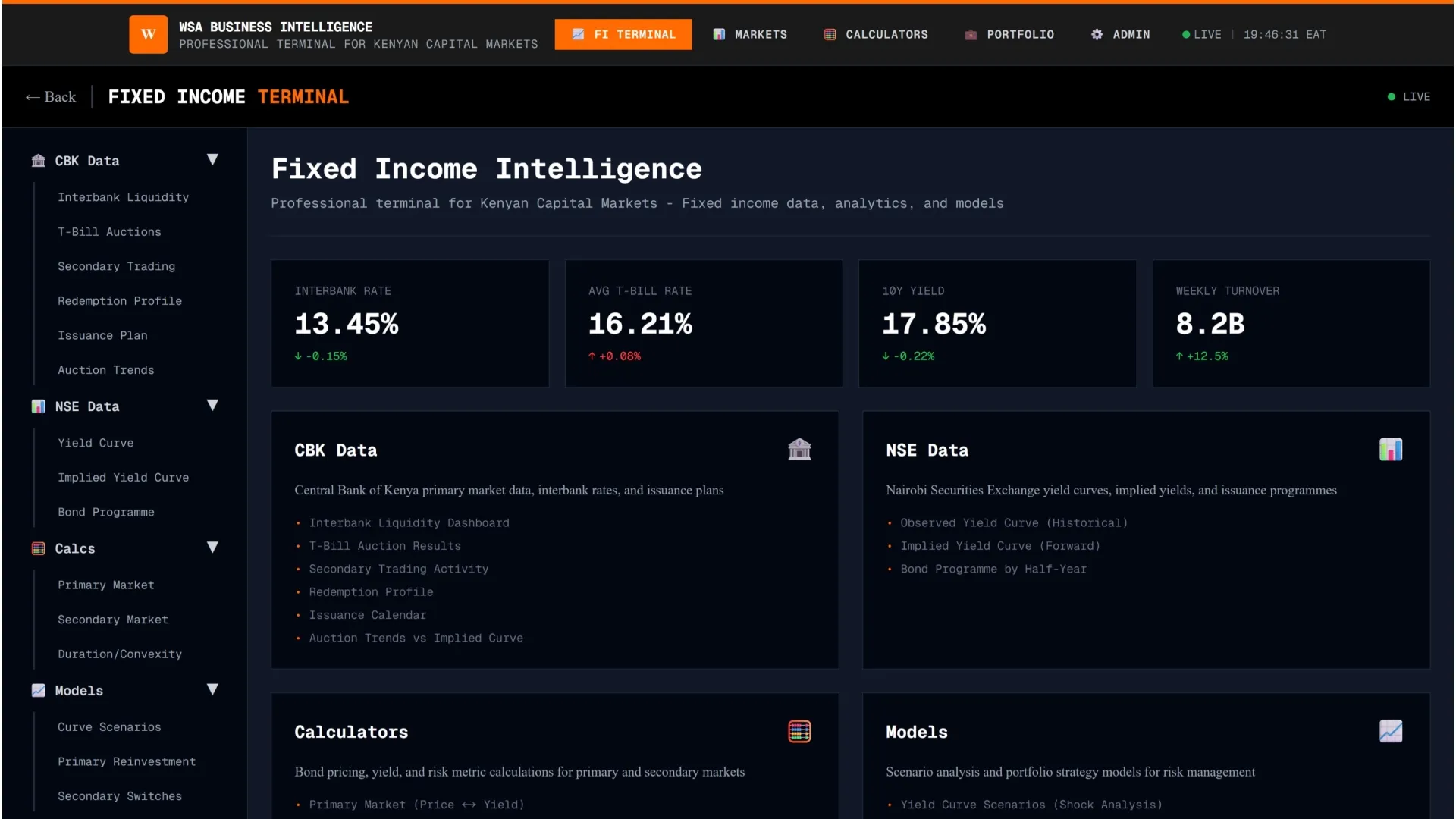Kenya’s new National Energy Compact 2025-2030 sketches a bold vision, 100% clean power, universal electricity access, and an economy fueled by sustainable energy. But behind the ambitious targets lies an uncomfortable truth, the numbers don’t quite add up.
According to the draft released by the Ministry of Energy and Petroleum in July 2025, the government plans to mobilize US$ 18.7 billion for energy projects over the next five years, with US$ 7.9 billion expected from private investors and US$ 10.8 billion from public sources.
At the heart of this financing plan sits a proposed Consolidated Energy Fund, designed to pool resources for power generation, transmission, renewable innovation, and research.
The problem is that the Fund remains largely conceptual. The Compact commits to “operationalize the Consolidated Energy Fund by 2026/2027,” but it doesn’t specify where the seed capital will come from. It simply is part of a growling list entailing special-purpose funds in Kenya’s ecosystem, many of which already face coordination and transparency issues.
Kenya has several existing funds, including the Petroleum Development Fund, Rural Electrification and Renewable Energy Fund, and Climate Change Fund. Adding another one without defining oversight or financing risks spreading resources thin. If past experience is any guide, even well-intentioned funds can become politically vulnerable. The Petroleum Development Fund, for instance, has faced repeated audit queries over opaque transactions, raising questions about whether this new energy fund could fall into similar patterns.
Ambition versus Reality
The Compact’s ambitions are equally staggering. Kenya plans to connect 5.1 million additional households to electricity, extend the transmission network by 8000 kilometers, and double renewable generation to achieve a 100% clean grid by 2030. It also seeks to transition 65% of households away from traditional biomass cooking to cleaner fuels such as LPG and electricity. Yet the financing model leans heavily on private sector participation, which remains limited. Private capital flows into Kenya’s energy sector have stagnated around US$ 2 billion over the past 5 years, far below the pace needed to meet the Compact’s projections.
Beyond the financing gap, the Compact faces an implementation challenge. The plan envisions coordination across multiple agencies- KPLC, KenGen, KETRACO, GDC, REREC, and county governments- each with distinct mandates and legacy inefficiencies. Transmission projects continue to lag, while power losses and delayed grid upgrades persist. The document proposes a new County Energy Planning Framework, but with no clear funding structure or enforcement mechanism, it risks remaining aspirational.
To its credit, the Compact reflects a forward-looking agenda. It aligns with Vision 2030, the Sustainable Development Goals, and Africa’s energy transition narrative. Kenya already sources 83% of its electricity from renewables, one of the highest ratios globally, and the push toward 100% clean energy reinforces that leadership. But the gap between vision and viability remains wide.




